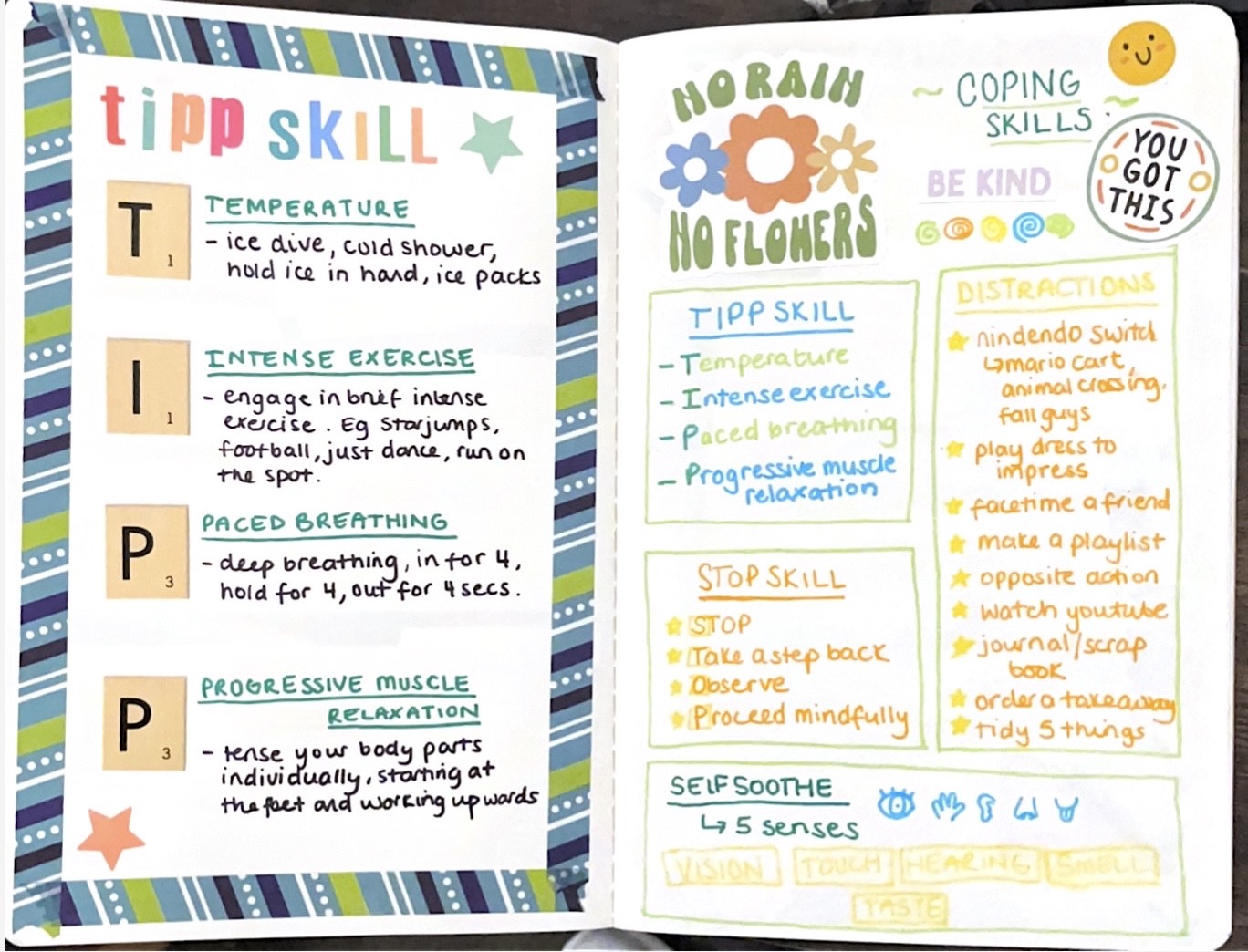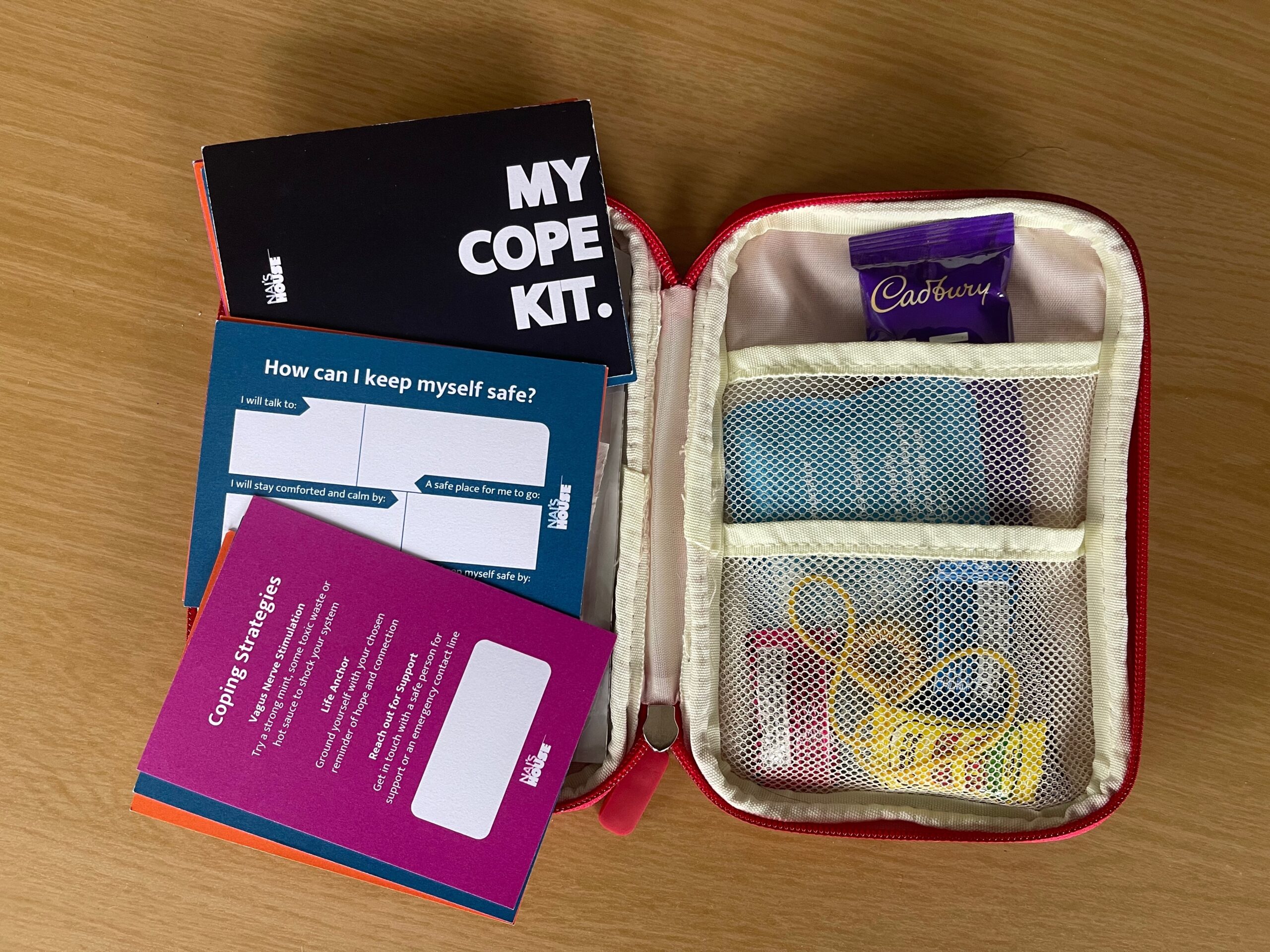Suicide stigma and supporting young people
In a recent NSPA member discussion, participants explored the stigma surrounding suicide and how to better support young people. The discussion was led by Millie, a suicide prevention project coordinator at NSPA member Nai’s House, who shared insights from both professional and lived experience.

Understanding the work of Nai’s House
Nai’s House was founded in memory of Dené (Nai) who died by suicide in 2017. The organisation was created to address the lack of appropriate support available at the time and to build a suicide-safer community. At Nai’s House, the term “guests” is used instead of patient, client, or service user, to create a welcoming environment for people seeking support.
The discussion highlighted the various services offered at Nai’s House, including:
One-to-one guest-led support, which is distinct from traditional counselling or therapy. The role adapts entirely to the challenges the young person faces, whether that is emotional support, mediation, or advocacy.
Workshops and support groups, including parent support groups, social interaction groups, autism and bereavement groups, and various holistic wellbeing activities such as Reiki, massage, and mindfulness sessions.
Crisis support for young people on the waiting list, ensuring that no one is left without help while waiting for more structured services.
Suicide prevention training, offering globally recognised programmes such as SafeTalk and ASIST to both professionals and members of the public.
Challenges faced by young people
The discussion explored key challenges young people face when seeking support for suicidal thoughts and mental health difficulties, including:
• Generational misunderstandings: Many young people can feel invalidated when their struggles are dismissed as part of growing up or “just hormones.”
• Disempowerment: Fear of being treated as incapable or having all decisions made for them can discourage young people from seeking help.
• Trust issues in support systems: Young people can often experience breaches of confidentiality, making them hesitant to share their thoughts and feelings.
• Service gaps: Many young people can fall through the cracks when services are unsuitable to provide the support they need.
• Harmful labels and stigma: Young people being told they are “treatment-resistant” or feeling pressure to take extreme action before receiving help can be deeply damaging.
How support can be improved
The discussion emphasised the need to adapt support strategies to address these issues. Key takeaways included:
• Early prevention efforts that focus on emotional literacy, coping strategies, and resilience before crises develop.
• Direct and honest conversations about suicide, avoiding vague or stigmatising language. Asking young people directly if they are feeling suicidal can be an important step in ensuring they receive the right support.
• Listening without invalidation, recognising that solutions should be tailored to the individual rather than a one-size-fits-all approach.
• Supporting all connections to life, even those that might seem unconventional, such as engaging with specific media, routines, or coping mechanisms that provide comfort.
• Consistency and stability in support, ensuring that young people feel they are worthy of continued care, even when they push back.
• Co-production in safety planning, empowering young people to take an active role in their own wellbeing.

Programmes that make a difference
Nai’s House implements these approaches through structured programmes, including:
SAS (Suicide Action Survivors) programme: A supportive eight-week programme for individuals over 18 who have previously attempted suicide, focusing on psychoeducation, behaviour analysis, and processing past experiences to build safer coping strategies.
SPLASH (Suicide Prevention, Life and Self Harm): Designed for 11-17-year-olds, this programme provides psychoeducation on self-harm and suicidal ideation, builds communication skills, and introduces alternative coping mechanisms. The workshop has led to a 90-100% reduction in self-harm and suicide ideation among participants.
Allies project: Peer support in schools: Recognising that young people often confide in each other before speaking to adults, the Allies Project trains young people in suicide prevention, mental health awareness, and peer mentorship. Participants receive professional training, including SafeTalk and ASIST, and are supported in setting up peer-led initiatives such as drop-in sessions, buddy systems, or school-wide mental health advocacy.
Addressing the stigma of hope
An important theme raised during the discussion was the stigma of hope among those struggling with suicide ideation. Many young people in some of the sessions at Nai’s House can see hope as unrealistic or unattainable. Through workshops and one-to-one support, Nai’s House works to reframe hope as something achievable in small steps, rather than an overwhelming expectation.
Reflections on the discussion
Throughout the discussion, participants reflected on their own experiences of working in mental health, supporting young people, and navigating the challenges of peer support and service accessibility. Many emphasised the importance of structured peer support as opposed to informal peer networks, which can sometimes place too much pressure on individuals without the necessary training.
The discussion also touched on the challenges of safeguarding while maintaining trust. Many young people fear sharing their thoughts due to concerns that their confidentiality will be breached, leading to distressing consequences such as unwanted interventions or loss of autonomy. Nai’s House approaches this by co-producing safeguarding plans with young people, ensuring they have a say in who is informed and how support is provided, while still maintaining necessary safety measures.
There was also a shared recognition of the limitations many services face – with underfunding, long waiting lists, and high demand often making it difficult to provide the level of care needed. Many organisations expressed interest in adopting similar flexible, holistic approaches to those implemented by Nai’s House.
Building a suicide-safer community
The discussion underscored the urgent need for early intervention, direct conversations about suicide, and empowering young people in their own care. Ensuring no one is left alone while waiting for help, tackling stigma, and improving access to support are important steps toward building a suicide-safer community.
For those interested in learning more, getting involved, or accessing training, Nai’s House encourages individuals and organisations to reach out, support, and advocate for a more inclusive approach to mental health care.